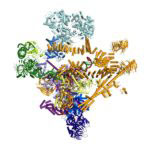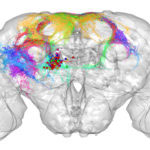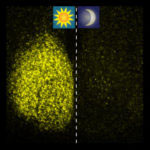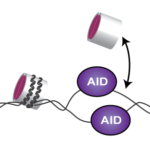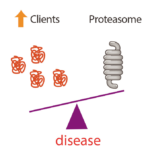
Cell survival depends on adaptive signalling pathways to ensure that the supply of vital components matches the fluctuating needs of the cell. The proteasome is essential for the selective degradation of most cellular proteins and thereby controls virtually all cellular processes. The current prevailing view is that protein degradation is largely regulated at the level of ubiquitination.
